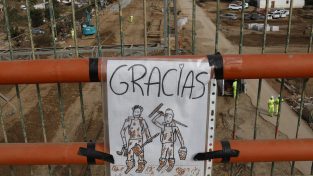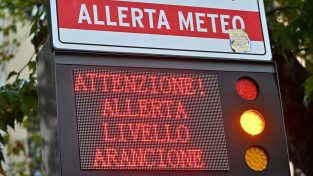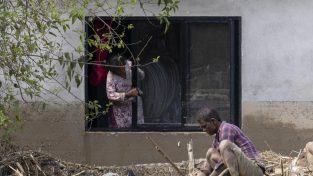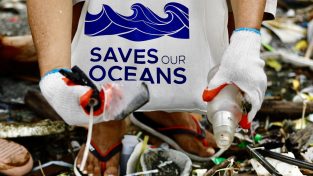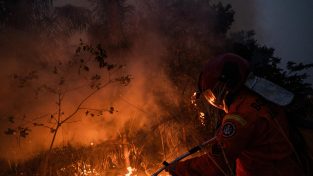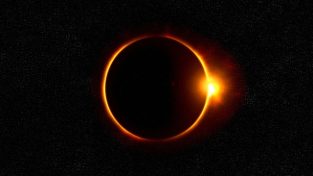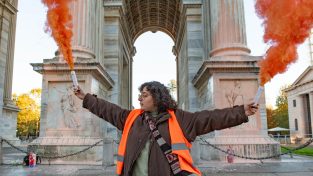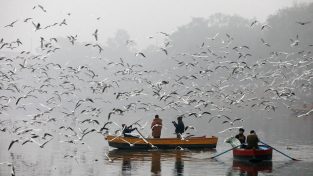Dodici giorni di fuoco
Il vulcano Cumbre Vieja di La Palma, nelle isole Canarie, è inarrestabile. Dopo dodici giorni di eruzione il fuoco continua a soffocare l'isola e provoca gas tossici quando entra in contatto con il mare. Venerdì 1 ottobre, altre due bocche del vulcano si sono aperte con altra lava più liquida che avanza verso Los Llanos de Aridane, il comune più popolato dell'isola.
Lo scorso 19 settembre, il vulcano Cumbre Vieja sull’isola canaria di La Palma, in Spagna, ha eruttato causando l’evacuazione di migliaia di residenti e la distruzione di interi villaggi.
Dieci giorni dopo, martedì 28 settembre, la lava non solo non si era spenta, ma è riuscita a raggiungere l’Oceano Atlantico e ad occupare 19 ettari, passando sopra le piantagioni di banane, il sostentamento agricolo della regione, e causando un’enorme esplosione.
Di conseguenza, la temperatura dell’acqua è aumentata e le emissioni di anidride carbonica, acido carbonico e acido solforico hanno aumentato la sua acidità. C’è stata una diminuzione dell’ossigeno e un incremento delle concentrazioni di ferro, rame, cadmio e mercurio.
Secondo gli esperti dell’Istituto Oceanografico Spagnolo (IOE), questo squilibrio naturale causa una drastica alterazione dell’ecosistema marino, inquinamento, fuga di specie e mortalità. Sul lato positivo, l’effetto è transitorio e l’ambiente dovrebbe rigenerarsi entro due anni. Foto: AP





















